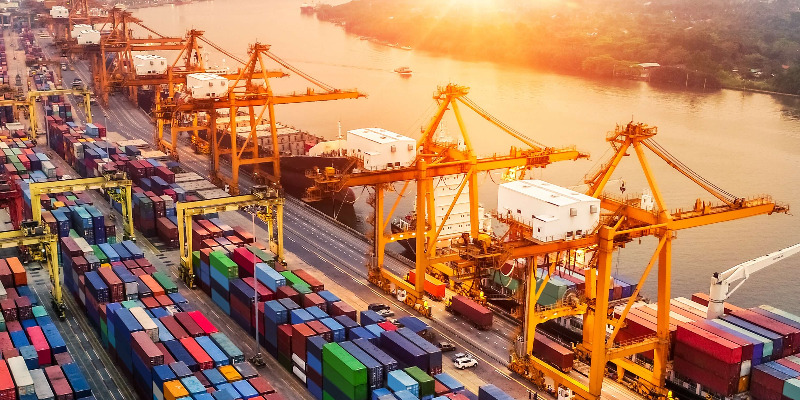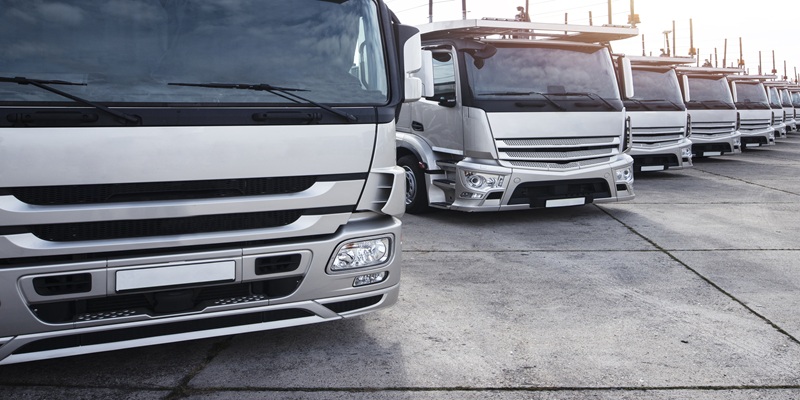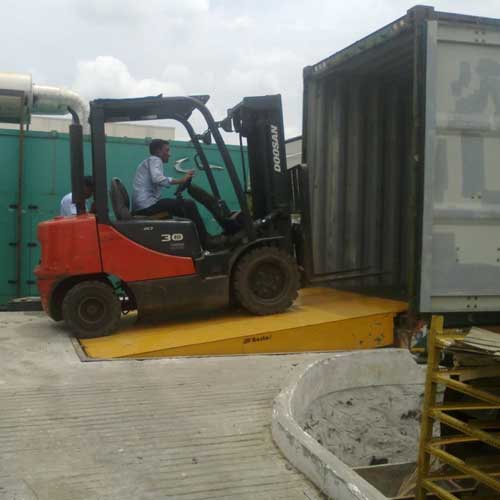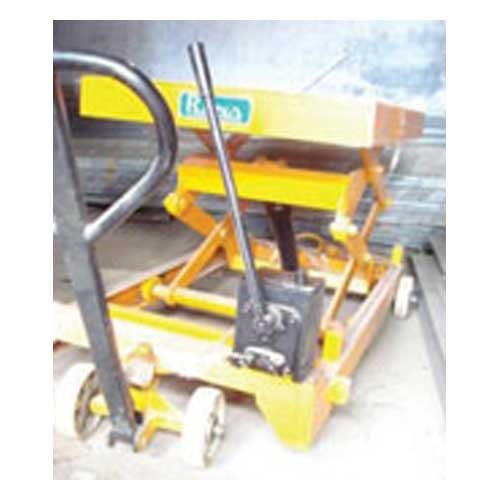Schedule a Call Back
Indian logistics sector has witnessed a significant sequential recovery: ICRA
 Industry News
Industry News- Mar 31,21

The Indian logistics sector has witnessed a significant sequential recovery after experiencing severe disruption in Q1 FY2021, on account of the nation-wide lockdown. This had created demand-side and supply-side challenges which eased in subsequent months as economic activity recovered.
As per ICRA note, as lockdown-related restrictions eased and economic activity revived, the freight availability for logistics players also improved. Accordingly, many of the logistics companies reverted to pre-pandemic levels by end of Q2 FY2021 and started reporting Y-o-Y growth from Q3 FY2021, the same has continued into Q4 FY2021 as well. Freight rates also remained firm during this period.
Rohan Kanwar Gupta, Assistant Vice President & Sector Head, ICRA Ratings, informed, “As the economy opened up and industrial, manufacturing, construction and consumption activities picked up pace, freight availability also improved, aiding recovery in the sector. Freight rates also held up in this period. As such, the pace of revenue contraction mellowed down significantly in Q2 FY2021, and reverted to growth trajectory in Q3 FY2021. This trend was also visible in E-way bill volumes, which reached pre-pandemic levels in September 2020 and posted Y-o-Y growth in all subsequent months. While freight volumes in Q3 FY2021 were supported by the historically strong festive period, the sector sustained its volume growth even after the season ended, giving comfort regarding the sustainability of the recovery.â€Â
The recovery has also been visible across other modes of transportation as well. The rail freight traffic reported similar trends, reporting Y-o-Y growth of 5 per cent and 10 per cent in Q2 FY2021 and Q3 FY2021 respectively. The volumes thereafter have also held up, touching peak freight volumes in January 2021, resulting in 7 per cent Y-o-Y growth during the fourth quarter so far. The seaways freight traffic, though growing slower than the other modes on account of supply-side/infrastructure constraints, has nevertheless, also reverted to growth trajectory from November 2020 onwards.
Overall, the aggregate revenues of ICRA’s sample of logistics companies recovered both sequentially and Y-o-Y in Q3 FY2021, growing 17% over Q3 FY2020 levels and 19% sequentially. The recovery was visible across the various modes of logistics activity. Both Full Truck Load, Less than Truck Load and Supply Chain Management businesses benefited from the pickup in manufacturing activity and consumer demand. Furthermore, the express cargo segment reported healthy momentum, supported by strong traction from the e-commerce sector ever since the onset of the pandemic. However, express segment with dependence on document movement (especially air cargo) continues to remain impacted as offices are yet to open up completely.
During Q4 FY2021, the momentum has been maintained, with freight volumes continuing to report Y-o-Y growth trends and freight rates remaining firm. The growth trend is expected to continue over the next couple of quarters, with the impact of a low base also starting to kick in.
With the encouraging trends visible so far, ICRA expects that the logistics sector would continue to pare back some of the volumes and revenues lost during the first quarter. Accordingly, it has revised the revenue contraction estimate for the sector to 4-7 per cent for FY2021, from 12-14% expected earlier. With continued economic recovery, the FY2022 growth is likely to be healthy at 10-12 per cent. The recovery would continue to be led by rural positivity and pick-up in sectors like e-commerce, automotive and pharmaceutical, which have been faster than expected. Nevertheless, the recent spike in covid-19 cases, and possibilities of further lockdowns being imposed to combat it, poses potential downside risks to these estimates.
In terms of profitability, logistics companies have also been able to arrest the earnings contraction to a significant extent despite lower revenues and higher fuel prices, supported by aggressive rationalisation of fixed overheads and cost-control initiatives. Accordingly, the aggregate OPM of ICRA’s sample expanded by 60 bps on a Y-o-Y basis during Q3 FY2021, despite rising diesel prices. However, as the impact of several cost-control initiatives like salary reduction, rental waivers etc. were temporary in nature; these levels of margins are not expected to be sustainable. The problem is compounded by the continued firming up of diesel prices. Accordingly, the ratings agency expects the aggregate operating profit margins of its sample to be in the range of 7.5-8.5 per cent in FY2021, as against 8.8 per cent in FY2020.
“While profitability had come under significant pressure in the first quarter due to subdued asset utilization and high fixed costs, the same has revived subsequently to a large extent. With cost-control measures undertaken and focus on working-capital management, the sector has been able to alleviate concerns on profitability to a large extent. Given that concerns on the business outlook as well as profitability of the sector has been alleviated majorly, ICRA has revised the outlook on the sector to Stable from Negative earlier,†concluded Gupta.
Growth over the medium-term is expected to gain momentum with anticipated increase in demand from segments like e-commerce, FMCG, retail, chemicals, pharmaceuticals and industrial goods coupled with industry paradigm shift towards organised logistics players post GST and E-way bill implementation. Additionally, the sector is likely to witness some consolidation trends, given the rising pressure on viability of small fleet operators. Furthermore, multimodal offerings are likely to gain increased acceptance and traction going forward, given that players offering multimodal services had more flexibility and hence, were better placed to service their customers during the lockdown phase. Given these factors, and the relatively higher financial flexibility available to large organized players’ vis-à-vis their smaller counterparts, there is potential for increased formalization in the sector going forward.
Related Stories

GST Reforms and Festive Demand Fuel Auto Sales in India: ICRA
The Indian automobile industry saw strong growth in October 2025, with GST 2.0 reforms, festive demand, and rising rural offtake driving a sharp surge in retail sales across the CV and two-wheeler s..
Read more
Global Manufacturing Rebounds as India, Thailand, Vietnam Lead Gains
Asia drives October’s global manufacturing upturn amid festive demand
Read more
Jindal Stainless Expands Slag Processing Capacity with USD 150 Million Investment
This initiative forms an integral part of Jindal Stainless’ long-term Environmental, Social and Governance (ESG) goals and its commitment to achieve Net Zero by 2050.
Read moreRelated Products

Dock Leveller
Besto Material Handling Equipments offers a wide range of dock leveller.

Multi Tire
SCI Storage Solution offers a wide range of multi tire.

Industrial Lifting Equipment
Rana Material Handling Equipments Pvt Ltd offers a wide
range of industrial lifting equipment.















